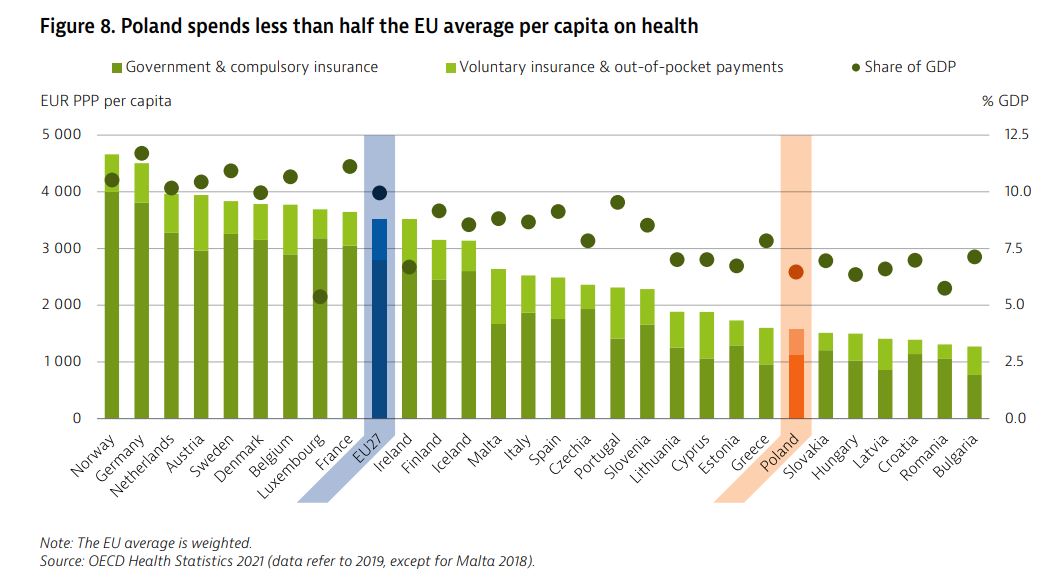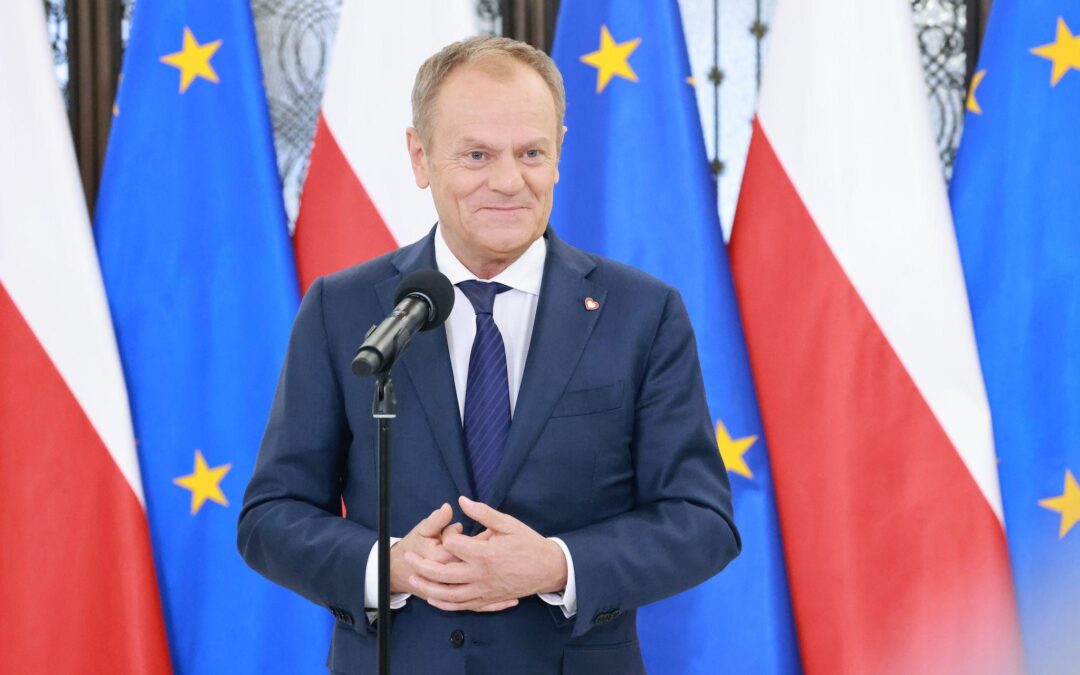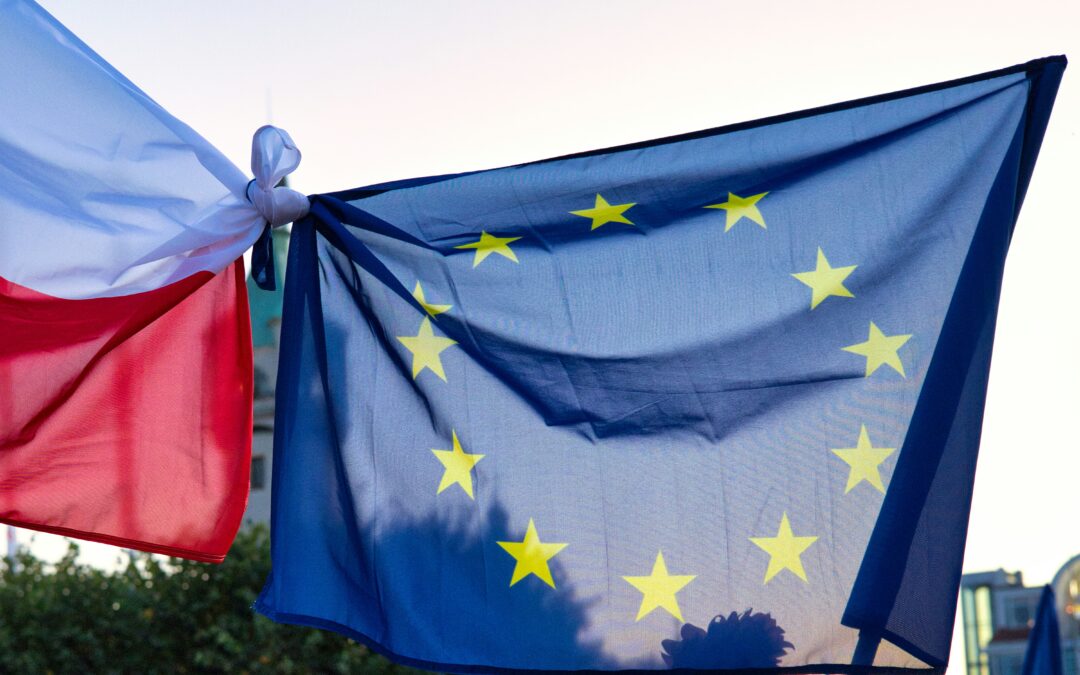Just over half of Poles use both public and private healthcare services interchangeably, a record high, according to the latest polling by state research agency CBOS.
In the six months preceding the CBOS survey, which was carried out in June and published last week, 86% of people said they had used health services. A quarter (24%) did so exclusively through the public National Health Fund (NFZ) – which was a record low – while 11% only used private providers.
Meanwhile, the largest proportion, 51%, used a combination of both public and private services. That was the highest figure ever recorded by CBOS. It was 15 percentage points higher than in 2021, the last time the survey was conducted.
Połowa Polaków chodzi do lekarza zarówno w ramach NFZ, jak i korzystając z prywatnych ubezpieczeń i polis. Co czwarty stawia wyłącznie na powszechne ubezpieczenie zdrowotne. Oto najnowsze wyniki badania CBOS, jak się leczymy. https://t.co/ogK9tffmxK
— 300Gospodarka (@300gospodarka) August 21, 2023
However, the agency notes that the pandemic period produced exceptional results. This year’s figure of 51% was three percentage points higher than recorded in the last pre-pandemic survey – conducted in 2018 – represents a return to a long-term trend towards private healthcare.
The study found that older, poorer and less educated respondents were more likely to be reliant exclusively on public healthcare.
NFZ-only services were used most often by respondents over the age of 54 (37%), with only primary education (32%) or basic vocational education (39%), farmers (30%), the economically inactive (37%), and those with less than 2,000 zloty (€447.47) of monthly income per person in the household (31%)
Polacy wybierają wizyty prywatne, jak głodny szczaw i mirabelki. Komu służy opowiadanie o trudnej, czasem dramatycznej konieczności dokupywania medycznych świadczeń komercyjnych, jako o "preferencji Polaków"? https://t.co/0fF6IhRtfa
— Maria Libura (@MariaLibura) August 25, 2023
Exclusively private medical services were used mainly by people aged 25-34 and 45-54 and residents of the largest cities (with a population of 500,000 or more).
Mixed use of health care was noticeably more frequent than average among those with the highest levels of education, managers and professionals, administrative and office workers, service workers and those working in the public sector.
Poland has among the lowest levels of expenditure on health in the European Union. According to OECD data, in 2021 it spent the equivalent of 6.6% of its GDP on health, compared to an EU average of 10.9%.
“Around 72% of Poland’s health spending comes from public sources, but out-of-pocket spending is high, accounting for just over 20% of current health expenditure,” noted the OECD at the time.
Doctors recently announced that they would hold a protest two weeks before Poland’s parliamentary elections in October to demand an increase in healthcare spending.

Notes from Poland is run by a small editorial team and published by an independent, non-profit foundation that is funded through donations from our readers. We cannot do what we do without your support.
Main image credit: MART PRODUCTION / Pexels

Alicja Ptak is senior editor at Notes from Poland and a multimedia journalist. She previously worked for Reuters.




















